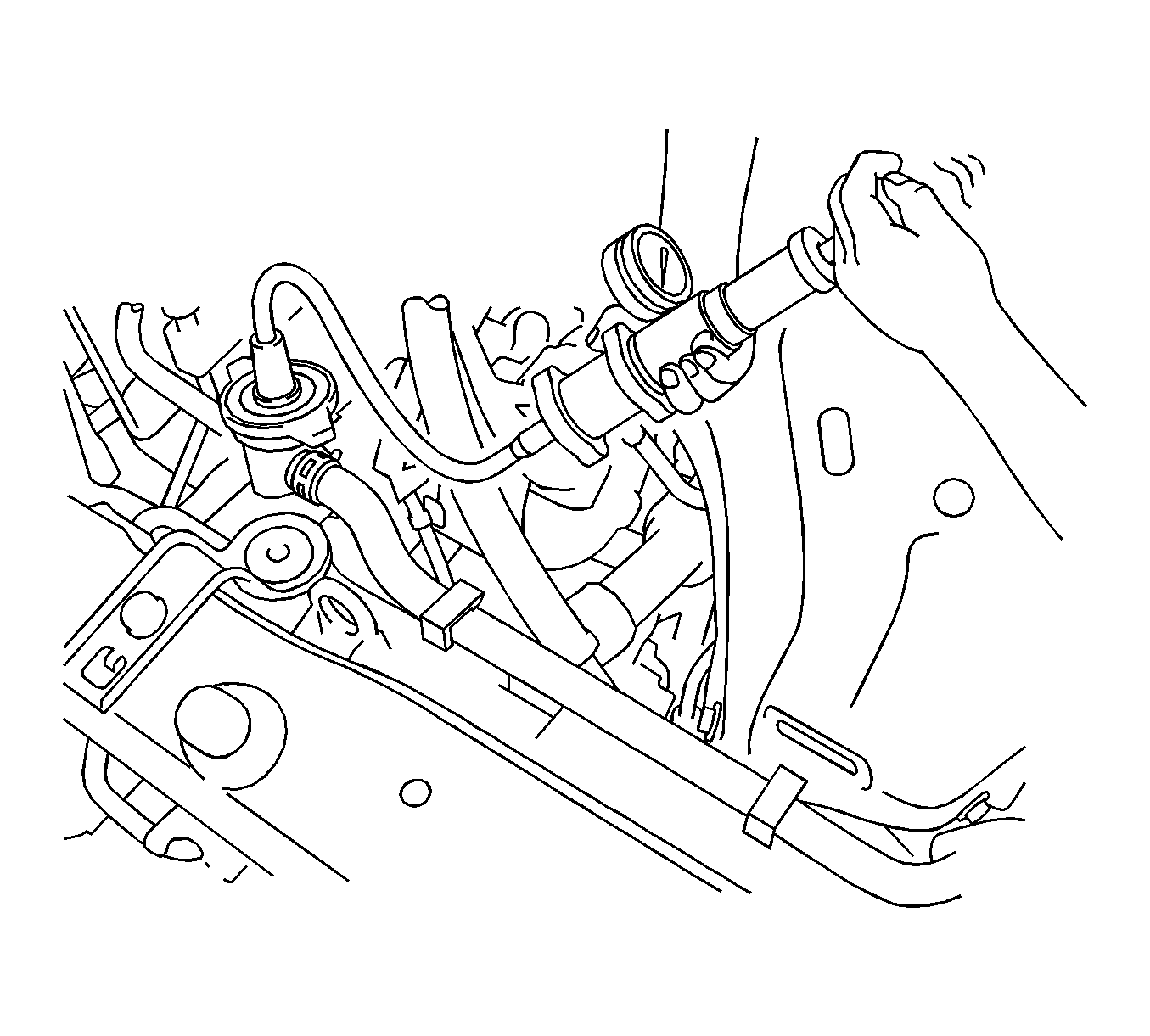For 1990-2009 cars only
- Fill the radiator assembly with engine coolant, then attach a radiator cap tester.
- Pump the tester to 118 kPa (17.1 psi), then check that the pressure does not drop. If the pressure drops, check the hoses, radiator assembly and water pump assembly for leakage. If there are no signs or traces of external engine coolant leakage, check the heater core, cylinder block and head.
- Inspect reservoir tank engine coolant level.
- The engine coolant should be between the LOW and FULL lines when the engine is cold.
- Inspect engine coolant quality.
- Remove the radiator cap sub-assembly.
- Check for excessive deposits of rust or scale around the radiator cap sub-assembly and radiator filler hole. The engine coolant should be free of oil. If excessively dirty, replace the engine coolant.
- Install the radiator cap sub-assembly.

Warning: An electric fan under the hood can start up even when the engine is not running and can injure you. Keep hands, clothing and tools away from any underhood electric fan.
Warning: To avoid being burned, do not remove the radiator cap or surge tank cap while the engine is hot. The cooling system will release scalding fluid and steam under pressure if radiator cap or surge tank cap is removed while the engine and radiator are still hot.
Note: If it is below the LOW line, check for leakage and add DEX-COOL® or similar high quality ethylene glycol based nonsilicate, non-amine, non-nitrite, and non-borate coolant with long-life hybrid organic acid technology up to the FULL line.
